What’s the Hardest Wood in the World?
And what does hard mean, anyway?
The thing about trees is that there are a lot of different kinds of them. A recent study found something more than 60,000 different species in the world, and this does not even include plants we think of as trees, but that are secretly something else (like all the species of palm tree, which are more closely related to grasses than oaks). My local lumberyard stocks wood from a tiny percentage of the world’s trees, but still felt overwhelming. Pine, oak, cedar, maple, walnut, poplar—I just wanted to make a garden bed. A quick search told me that cedar is a good option, owing to its resistance to rot. Sure.
One way to get familiar with something you know nothing about is to ask a really smart person a really stupid question. If they’re good-natured, they’ll help, and half the time you find out that that really stupid question wasn’t actually stupid at all. Enter wood expert Eric Meier, who runs the Wood Database and has written several encyclopedic books about the subject. So I asked him what the world’s hardest wood is.
When non-wood-people think about the hardness of wood, we might be thinking of strength in general, but that’s not really what “hardness” means. The USDA’s Forest Products Laboratory puts out a Wood Handbook, and it includes so, so many different measurements. There’s hardness, yes: Hardness is a thing. But there’s also “compressive strength perpendicular to grain,” the same for “parallel to grain,” modulus of rupture, torsion strength, fatigue, toughness, rolling shear strength, and more.


These measure all the different ways you can destroy a piece of wood. You can bend it until it splinters, either with or against the grain. You can try to pull it apart from both ends. You can twist it. You can stack heavy stuff on it and see how much weight it can take before it busts out the sides, and how long that takes. You can perform repetitive tasks with it until it eventually undergoes “complete failure.”
There are tests for each of these, some of them with better data than others, and those tests can all be done carefully and scientifically, although some are a little silly. To measure “impact bending,” you drop a hammer onto a piece of wood from increasing heights.
Hardness is just one of these measurements. What hardness measures is not, though it can be related to, scratch-resistance, strength against bending, or how much weight it can carry. It’s rather specific: resistance to indentation. It isn’t particularly indicative of durability or performance. It’s basically how much force it takes to make a dent.
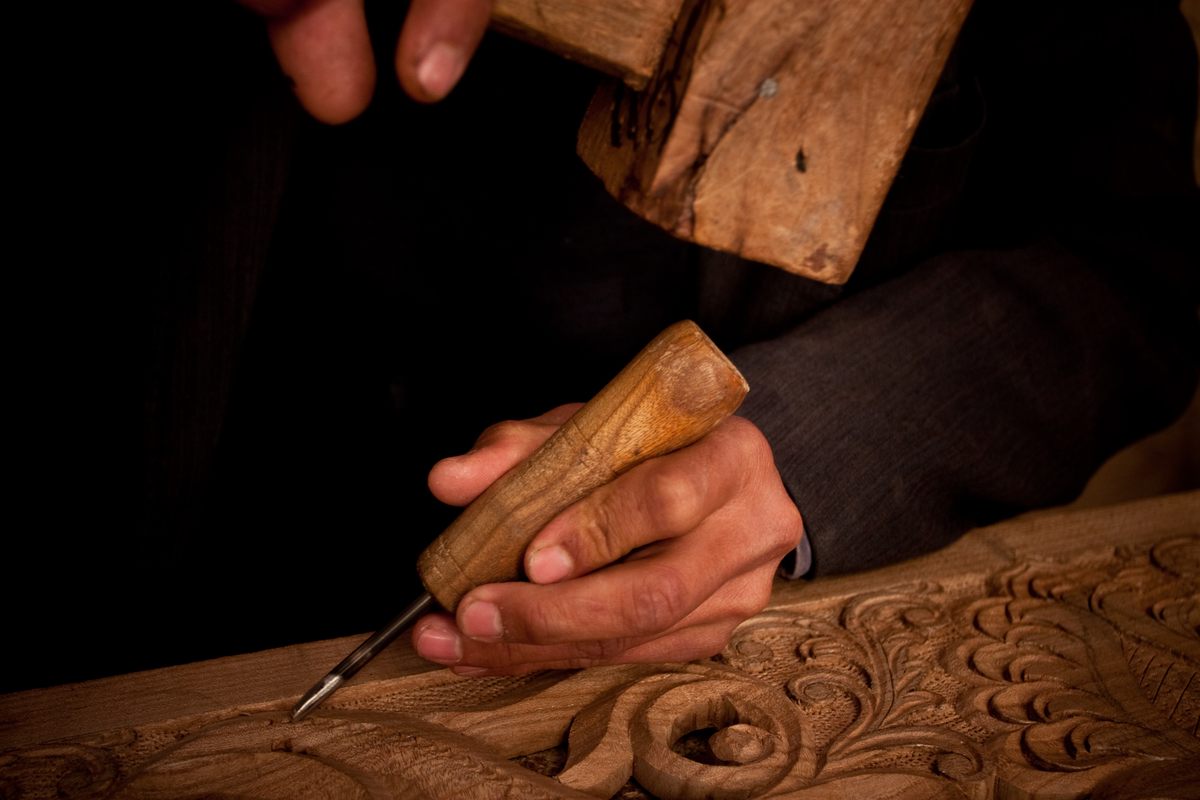
To measure hardness, the standard test is called the Janka test, named for its creator, Gabriel Janka. Janka worked for the USDA’s Forest Products Laboratory, and his test was formalized by the American Society for Testing and Materials, which creates standards for tests like these.
You take a steel ball, precisely 0.44 inches in diameter, and put a little belt around its equator. Then you take a piece of wood and press that ball into it. When the ball is pressed halfway in—up to the belt—the test is over, and your Janka score is the amount of force it took to get there.
This test is, though, far more complicated than that. The wood being tested has to be at precisely 12 percent moisture content. It has to be two inches thick, two inches wide, and six inches long. The test has to be performed on each side of this block, for a total of six scores, which are then averaged. The wood must be free of knots. The ball should be pressed down at a rate of 0.25 inches per minute. The wood must come from the main trunk of the tree, rather than any branches.
The Janka rating tends to be correlated very strongly with plain old density, which makes sense; the denser the wood, the harder it is to press a steel ball into it. But how useful is this test, really? How much does it matter how many pounds of force it takes to slowly press a ball into wood? “I think that’s one thing that people tend to oversimplify, like, ‘Oh, we’ll just take hardness and that’ll be a measure of the strength or quality of the wood in general,’” says Meier. But that Janka test is not only incredibly specific, it’s also not necessarily representative.
First off, not all wood has precisely 12 percent water content. For many types of wood, you’re unlikely to be using completely knot-free samples. Wood has different measurements in different trees and in different parts of the same tree, even different parts of a single trunk. And the measurements will vary depending on how long ago the tree was cut down.
But that doesn’t mean the Janka score is useless. “It’s actually most ideal for flooring, though it’s an imperfect test, because most of the concern would be from impact,” says Meier. Higher Janka scores do correlate, generally, with more resistance to scratching and denting, and theoretically that could make for a more durable floor. “It definitely is part of the marketing for flooring and decking,” says Meier, but it’s really just one piece of the puzzle. Besides, above a certain level—and not even a particularly high level—you’re unlikely to see much difference in the durability of your floors at all. Most scratching and denting you’ll see in a hardwood floor isn’t even the wood itself, but the finish on top of the wood.

If you search around, you’ll commonly see a tree called the Australian buloke listed as the “hardest tree in the world.” Meier doubts this. While one source does list the buloke’s Janka score at an incredible 5,060 lbf (pounds of force), another source Meier found clocks in at half that—and the first source, the huge one, doesn’t specify who did the testing, where, or when. Even if that one measurement was correct, Meier doesn’t think it’s likely to be representative of the species as a whole. Maybe it was just one insanely hard piece of wood. Maybe it had a far lower moisture content than the standard 12 percent, and drier wood is harder. Who knows? There’s quite a bit of doubt around that figure.
Meier’s own list ranks quebracho, with a Janka score of 4,570 lbf, as the hardest wood in the world. Quebracho is found in Paraguay and Argentina. Also on the list is the lignum-vitae (a small shrub from the Caribbean, and Central and South America), gidgee (an Australian tree that apparently smells like rotting cabbage), snakewood (an extravagantly patterned Latin American tree), and camelthorn (a dangerous spiked tree from southern Africa).
Most of the hardest woods in the world share a set of characteristics. They are typically from tropical or subtropical zones; woods tend to get harder the closer you get to the equator. (Some of the world’s softest woods, such as pine and hemlock, grow well in cold climates. Balsa is a weird outlier. Probably the softest wood in the world, it grows in the tropics.) These ultra-hard woods come from very slow-growing, long-lived trees, often (though not always) eking out a hard existence in arid environments. There’s so little water that many of these trees never grow much beyond the size of a shrub.

The other big thing these trees have in common is that, almost without exception, you should be very wary of purchasing them. Quebracho has been extensively logged. It’s estimated that 85 percent of the quebracho trees in Argentina were cut down in the last century or so. African blackwood, or mpingo, has been overharvested as well, though it’s listed only as “near threatened” by the IUCN, but conservation groups doubt that data. “Estimates of mpingo populations, extraction rates and remaining habitat are, for the most part, guesswork,” writes the African Blackwood Conservation Project.
The idea of sustainable lumber can work, sort of, to a point, with specific species of tree. Fast-growing trees can be grown in reasonably environmentally friendly ways—pine, spruce, fir, that kind of thing. Tropical hardwoods, though, those extremely slow-growing varieties, simply can’t be replaced as quickly. There are ethical certification labels, the biggest being the Forest Stewardship Council, or FSC.
FSC creates standards, sometimes though not always specific to each country, that forest managers can meet in order to get FSC certification, which allows them to charge more. Those standards include all kinds of stuff: how much is being cut versus replanted, maintaining habitat for native species, water cleanliness, protecting the rights of Indigenous communities, and many more. FSC doesn’t itself inspect forests. They rely on various auditing companies to do that. (This often results in auditors competing with each other for business, which has occasionally led to some fudged certifications, though FSC does have an additional service that audits the auditors.) “There are anywhere from approximately 300 to 400 requirements that they’re looking at,” says Brad Kahn, FSC’s communications director.
FSC is a little bit like the certified organic label, in that it’s not perfect, or even especially great, but it’s kind of all there is to tell consumers anything about the ethics or sustainability of these products. There isn’t nearly enough research on this, but studies have shown mixed results with regard to how well FSC-certified forests do, in the long run, compared with non-certified forests. “I’m not trying to make excuses, but, you know, I’m the communications guy, always looking for good positive stories,” says Kahn. “And we have lots of them. But it’s never as simple as I want it to be.”
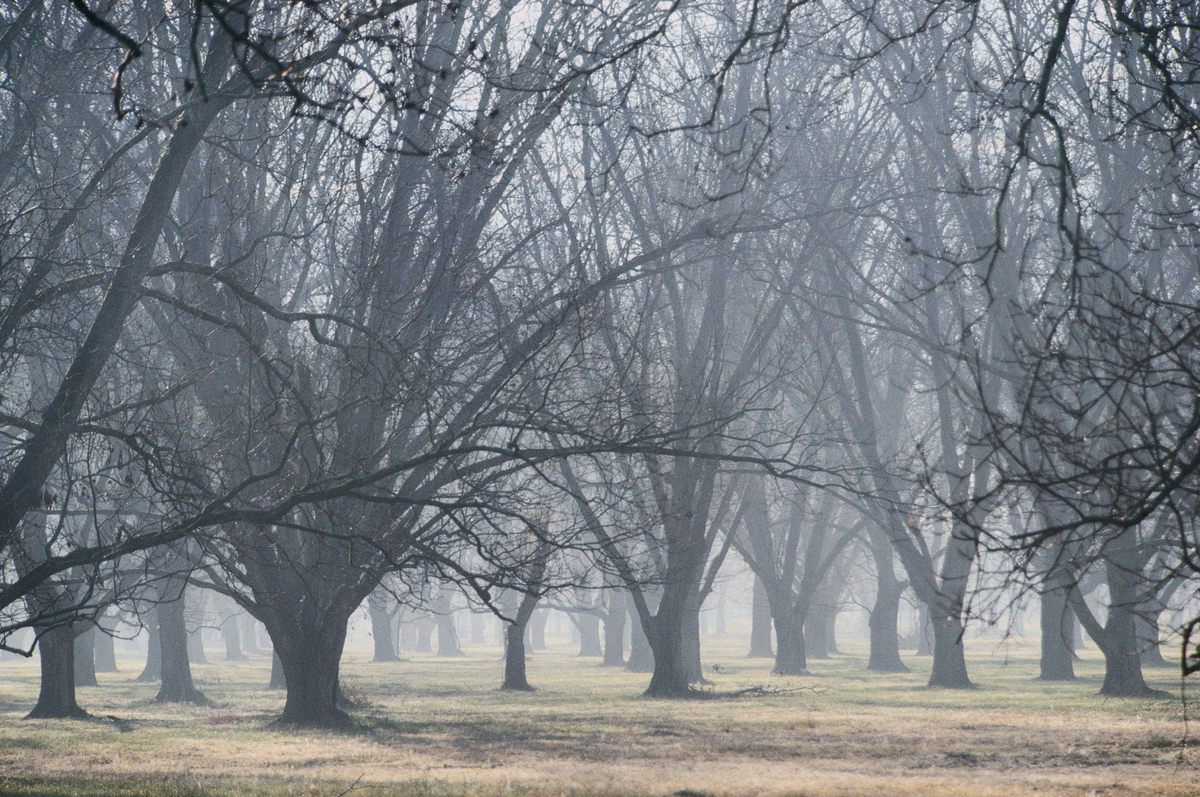
Whether you should actually buy any of these tropical hardwoods is not a question with an easy answer. “On the one hand, we absolutely need to create an economic model that keeps tropical forest as tropical forest,” says Kahn. Some of the FSC-certified managers are small, Indigenous communities that rely on the sale of a small number of tropical hardwood trees to survive. The other option might be to sell the land to, say, an agricultural operation that wants to burn the whole thing down to graze cattle.
“On the other hand, shipping,” says Kahn. “Shipping tropical hardwoods halfway around the world because of somebody’s aesthetic choice, arguably, we should be looking at that with a more skeptical eye in the era of Anthropocene climate change.” The United States, being a ridiculously varied country when it comes to climate and ecosystem, has plenty of excellent hardwoods. There’s the Osage orange, originally from Texas but now found nationwide. Pecan (and other hickory trees) in the Southeast. Black locust from Appalachia. Desert ironwood, in Southern California and Arizona. Flowering dogwood, spanning most of the East Coast. These are, despite their presence right here, not always easy to source, but several of these very hard hardwoods are even available FSC-certified.
So, don’t go seek out quebracho wood. It’s enough just to know it’s there, in all its incredibly hard glory.
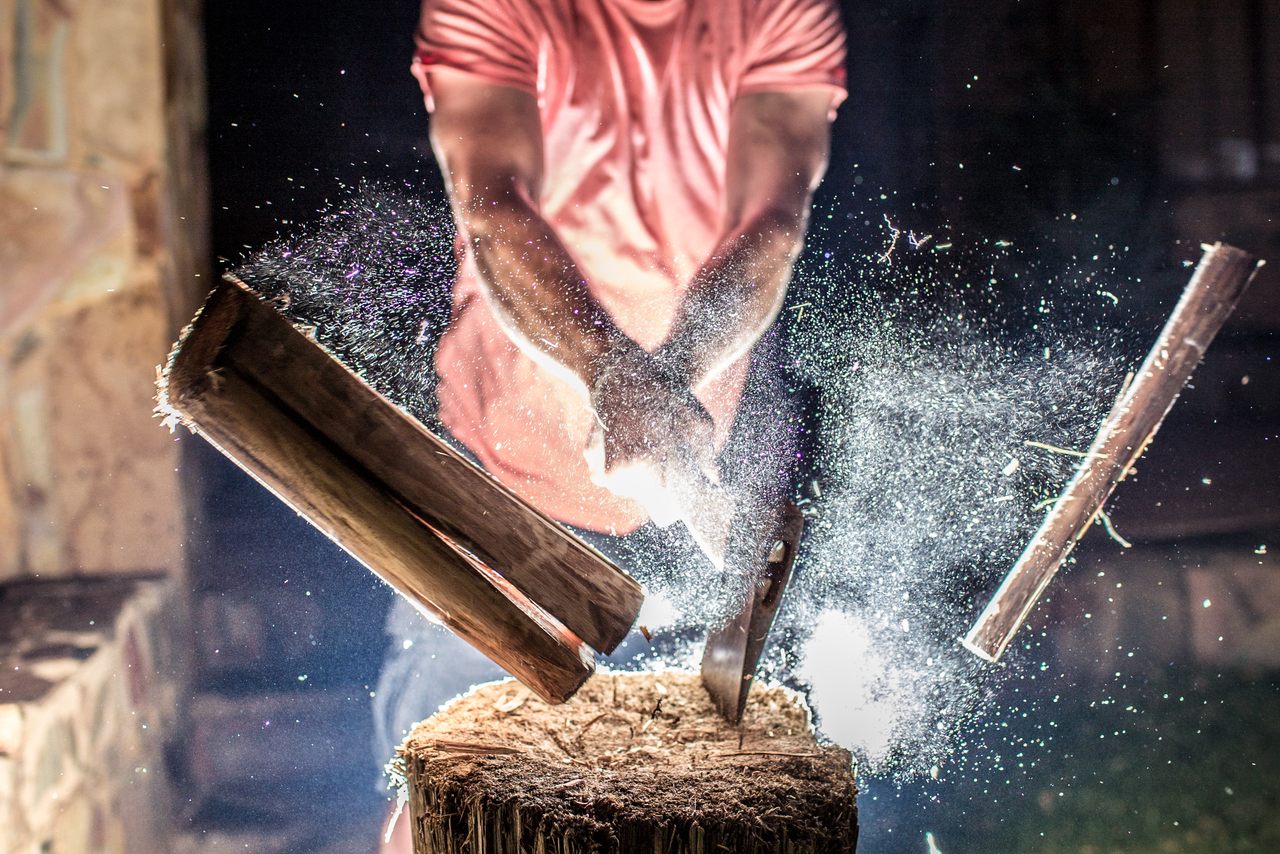

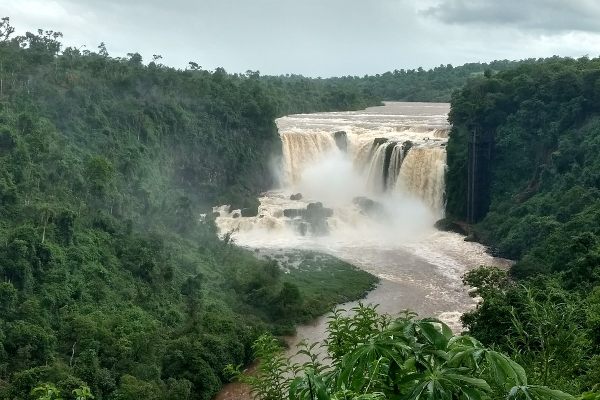




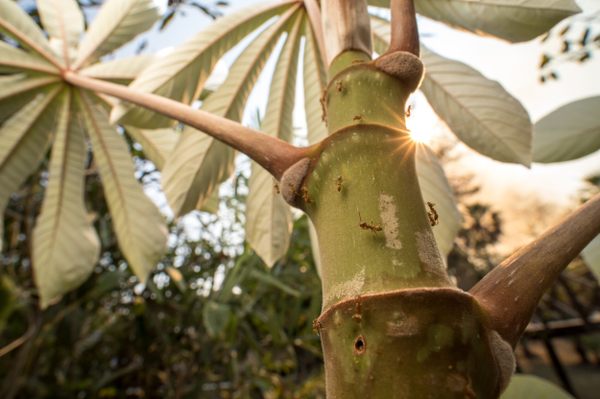











Follow us on Twitter to get the latest on the world's hidden wonders.
Like us on Facebook to get the latest on the world's hidden wonders.
Follow us on Twitter Like us on Facebook